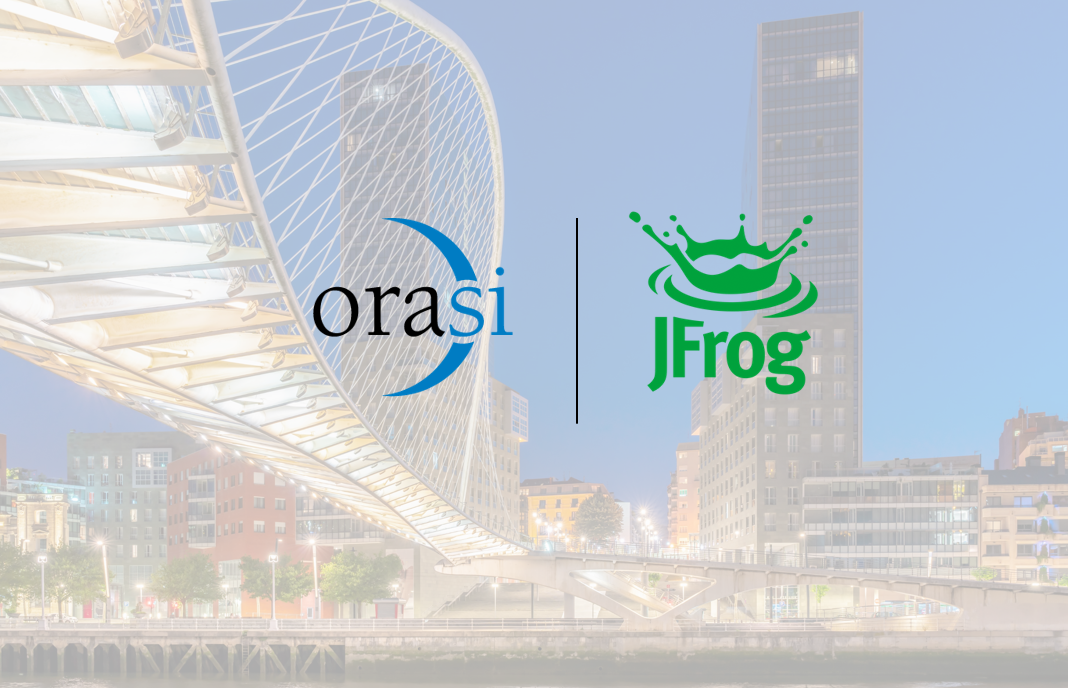By: Mark Lewis, SVP Sales and Marketing
DevOps is a paradigm shift in software development. It depends on enabling collaboration, seamless work, and agility across the organization – at every stage and team level. But it cannot be truly achieved without injecting automation, speed, iterative monitoring, and rapid response. In order to do that, one needs to invest in tools that cover automation and other critical areas of software development and IT operations. These tools need to help build core agility and collaboration in the entire cycle to reduce errors, and production-level readiness is achieved faster. This goes a long way in enhancing collaboration,, strengthening automation, and injecting deep-level observability and monitoring.
DevOps Tools – Key Ones and the Common Ones
There are a lot of tool options in the market today – chiefly tools around Automation, Project Management, issue tracking, Continuous Development, Continuous Integration, Continuous Monitoring, Incident Response, Testing, QA, Containers, Microservices, and Cloud Computing. The popular ones – as observed in 2020 – are Jira, Selenium, ServiceNow, Gremlin, Trello, Catchpoint, Splunk, AppDynamics, Puppet, Kubernetes, Docker, Jenkins, Ansible, Chef, and GitHub.
How to Choose DevOps Tools Well?
You can go for a full-stack DevOps solution or opt for individual tools or third-party tools. But the choice must match well with your unique needs, unique context, and particular constraints.
Look at what stage of DevOps adoption your organization is in. Next, look at the type of service you’re building. Pick what aligns well with your specific business and engineering teams. The tool you select should be comfortable for the dev and engineering teams and should not require a lot of re-orientation and should also be compatible with existing environments as well as integrate well with your processes, talent-readiness, and other tools already in place. Finally, there should be a long-term value at the end of it all.
In Puppet’s 2021 State of DevOps Report, it can be seen that the DevOps transformation journey is challenging for more than 50 percent of enterprises. What is interesting to note is that when it comes to highly evolved firms, they are far more likely to have implemented pervasive automation. Yet, simply jumpstarting automation is no guarantee of effective DevOps. As many as 62 percent of organizations were found stuck in mid-evolution on their DevOps journey – despite high levels of automation. So, adopting a well-mapped model, a platform model, and a self-service environment can be good paths to follow here. For instance, while the cloud is a great tool, it works most effectively when it finds the right environment and skills. It was also seen that 65 percent of mid-evolution firms report using the cloud, yet only 20 percent use the cloud to their full potential.
DevOps tools are not a guarantee for success, but they can be beneficial if adopted and integrated with a careful approach. They should not complicate or burden your DevOps strategy. They should not increase your expenses or come in the way of the productivity of your teams. The idea is to empower your teams and make easy room for collaboration. Also, note that this has to be done to not hamper the crucial goals of safety, security, ease of adoption, and long-term costs. Making things easier should not be done so that it makes it easy for attackers and naysayers. When you invest in a tool, take a good look at the training needs, implementation effort, and overall costs.
A bad workman quarrels with his tools. But, a good workman leaves no chance for his tools to fail. So, he makes a good choice at the very onset.



